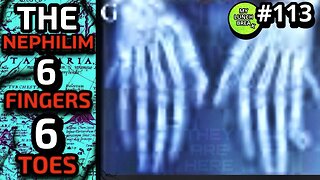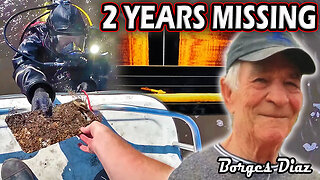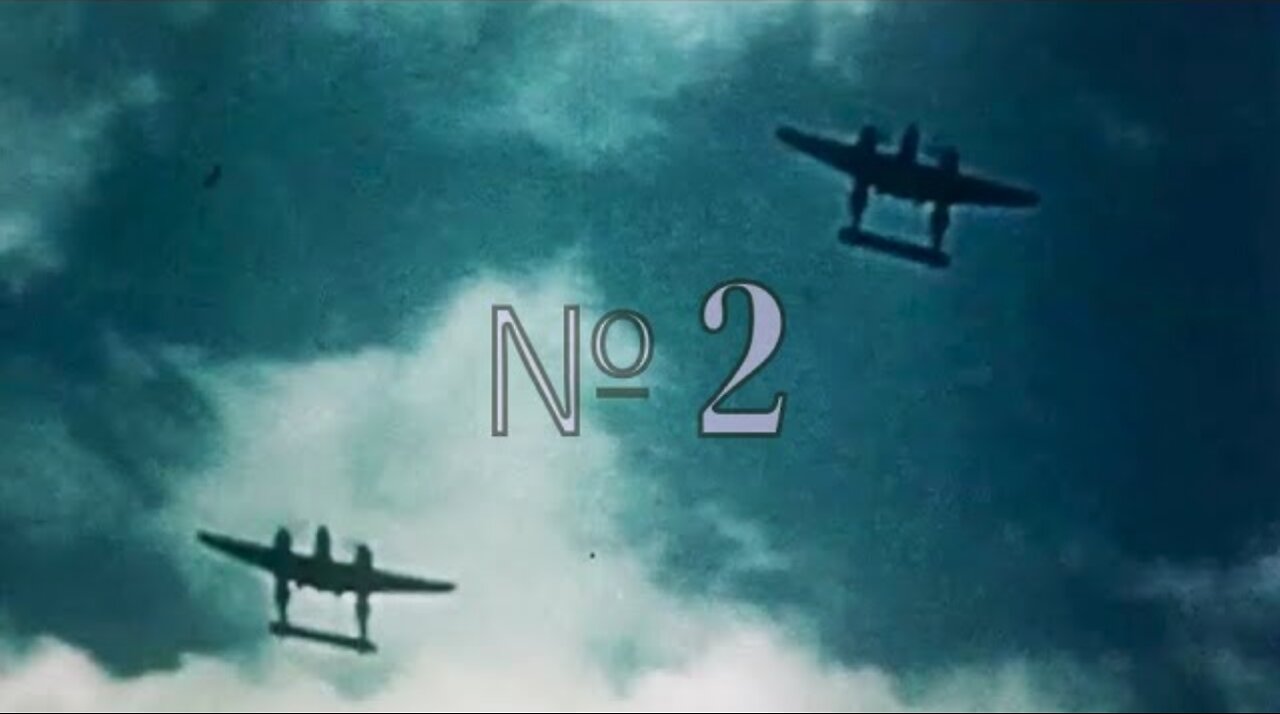US PARATROOPERS in North Africa 1943 in COLOR № 2 including LOST WOCHENSCHAU footage
🔥PREVIEW ALL YOUTUBE VIDEOS
www.Patreon.com/Military1945
Military1945 № 275
Be sure to give this video a THUMBS UP! Best way to support the channel!
SUBSCRIBE to M1945
https://www.youtube.com/channel/UCN2UQVe6Xaqz5rLFaWq8-mw?sub_confirmation=1
Combat Footage in North Africa 1943
Episode № 2 of 4
00:46 - Armored unit advance into the Atlas mountains
03:22 - Tank Bivouac area, Camouflaged for the night
04:16 - American paratroopers return to base after a night raid
07:12 - Allied hospital train bombed by the Germans
08:56 - BONUS - Lost Wochenschau from the same area
If you are interested in supporting the channel by buying the Lost Wochenschau series please send an email to info@military1945.com
The first Allied Airborne assault of World War II was planned as a part of Operation TORCH, the invasion of North Africa on November 8, 1942. The invasion force- 107,000 men strong- was led by Lieutenant General Dwight D. Eisenhower. His mission: neutralize the 105,000- man French army, technically allied with Germany, and prepare to destroy German forces in North Africa.
A critical part of the Allied attack plan required the seizure of airfields- La Senia and Tafaraoui- near the city of Oran by an American Airborne unit, the 2nd Battalion, 503rd Parachute Infantry (later designated the 509th). The 509th’s mission seemed incredible: fly from airfields in Cornwall, England, cross the Bay of Biscay and neutral Spain, and jump in North Africa- a flight of 1,100 miles!
Under the aggressive, “can-do” leadership of Lieutenant Colonel Edson D. Raff, the 509th was thoroughly trained for the mission, but distance and navigation problems blunted the airborne spearhead. Planes were lost or ran out of fuel. Other aircraft air-landed or dropped their Paratroopers far from their objectives.
French fighter planes fired on many who approached the target. Private Tommy MacKall, mortally wounded by the French fire, was later immortalized when the U.S. Army named the Airborne training center near Fort Bragg’s Camp MacKall.
-
0/2000
-
 8:11
8:11
Military1945
15 days agoStalingrad Private Footage + 71st Infantry Division, Army Group South Ukraine, von Rundstedt - Pt 1
1895 -
 13:57
13:57
TimcastIRL
1 day agoTrump NUKES IRS After DOGE Investigation, OVER 9000 Employees To Be FIRED
125K176 -
 13:35
13:35
Russell Brand
17 hours agoPFIZER JUST MADE THEIR NEXT MOVE AND EXPERTS ARE TERRIFIED
147K315 -
 1:15:57
1:15:57
Victor Davis Hanson Show
1 day agoOver Here, Over There: the Russo-Japanese War and Trumpian Peace Policy
70.5K35 -
 23:55
23:55
MYLUNCHBREAK CHANNEL PAGE
1 day agoThe Nephilim Are Here
96.3K93 -
 1:00:58
1:00:58
Break The Cycle w/ Joshua Smith
14 hours ago $1.87 earnedBreak The Cycle Ep. 247: Funny Guys w/ Robbie "The Fire" Bernstein
30.8K1 -
 41:26
41:26
TheTapeLibrary
1 day ago $10.21 earnedThe Disturbing Horrors of the Trans-Allegheny Lunatic Asylum
62.1K7 -
 10:07
10:07
Tundra Tactical
15 hours ago $6.95 earnedTRUMP'S HUGE GUN RIGHTS MOVE!
42.8K9 -
 1:53:23
1:53:23
Mally_Mouse
14 hours agoSaturday Shenanigans!! - Crowd Control - Content Warning
32.3K1 -
 17:24
17:24
Exploring With Nug
20 hours ago $3.75 earnedScuba Diving on Underwater Cars Searching For Missing Man!
42.2K1

0 Comments